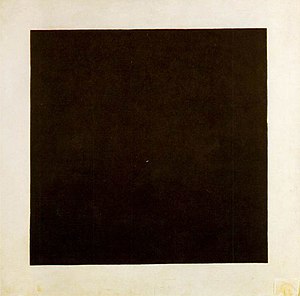Masterpiece

Masterpiece (or chef d'œuvre) refers to any work of art that is considered extraordinary. The phrase is generally used to describe what is considered an artist's best piece of work. For example, Leonardo Da Vinci's Mona Lisa, Michelangelo's David, Ludwig van Beethoven's Ninth Symphony, Leo Tolstoy's War and Peace, Orson Welles' Citizen Kane, Plato's The Republic,Goethe's Faust and The Beatles's Sgt. Pepper's Lonely Hearts Club Band are all examples of these.

Originally, the term referred to a piece of work produced by an apprentice aspiring to become a master craftsman in the old European guild system, on which his fitness to qualify was judged, and if he was successful, was retained by the guild. Great care was therefore taken to produce a fine piece in whatever the craft was, whether painting, goldsmithing, knifemaking, or many other trades. Under this system the masterpiece was produced at the start of the artist's independent career, and his most famous works were typically produced in later years. The Royal Academy in London is one institution that has acquired a fine collection of "Diploma works" in this way.
Piet Mondrian, Composition No. 10



See also
- Magnum opus
- Painting the Century 101 Portrait Masterpieces 1900-2000
- The Virtual Collection of Masterpieces
- Art object
- Artwork
- Painting
- Museum
- Copyright
External links
